Unleavened Bread (The Original Loaf)
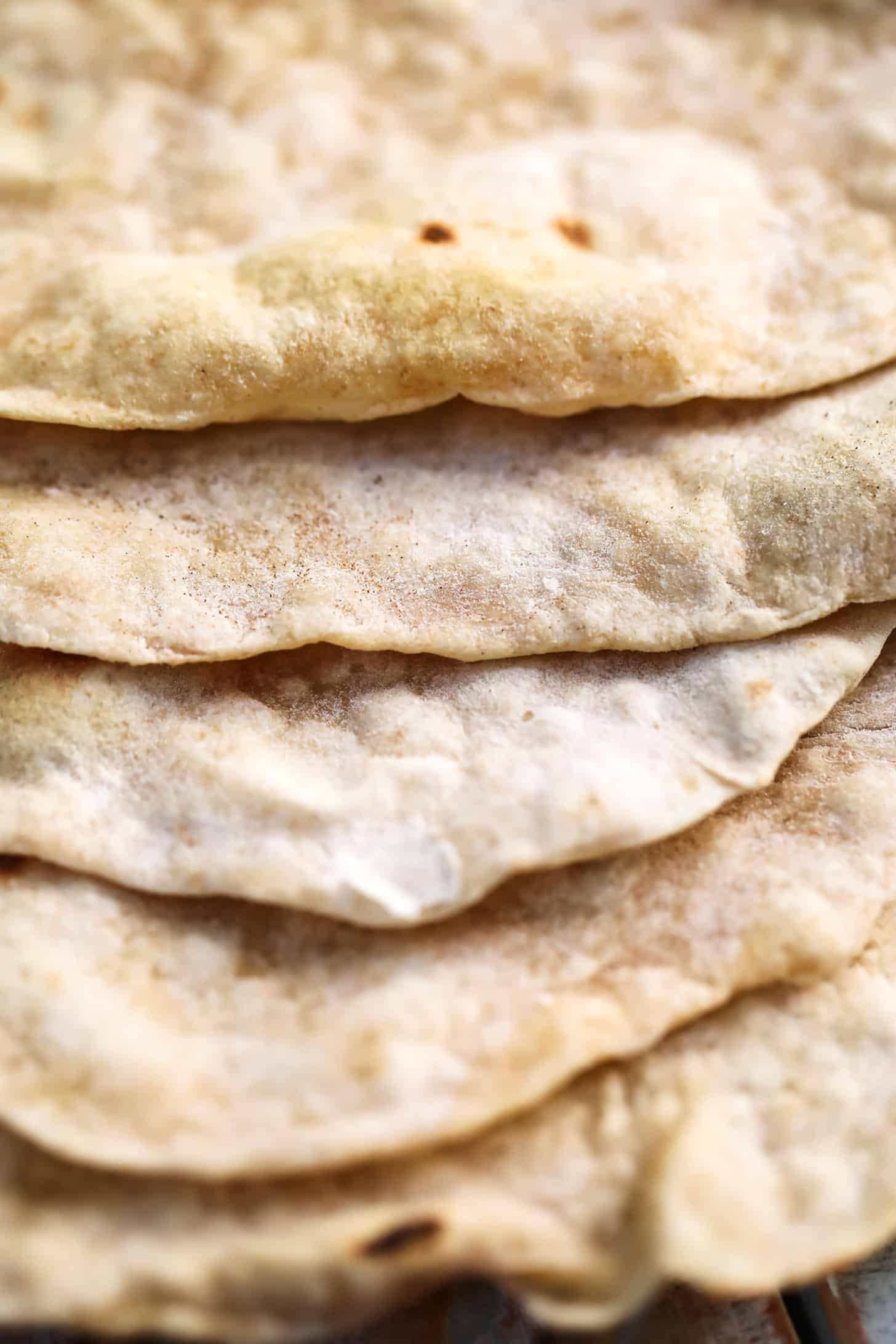
Before the discovery of yeast, the very first baked loaves in history were loaves of unleavened bread.
Bread is a wonderful comfort food for many that was really not all that easy to produce, especially early on in history.
Wheat has to be grown, picked, crushed and turned into flour which is no small feat.
Early man had a lot of hurdles when it came to keeping himself and his family fed.
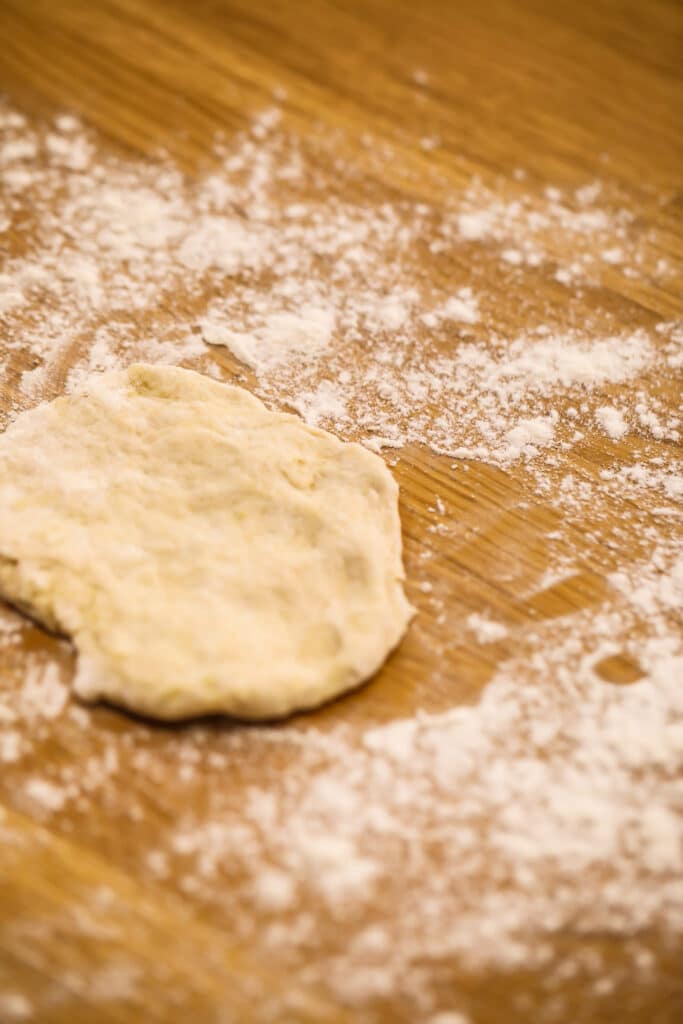
What is Unleavened Bread?
Unleavened bread is a variety of flat bread prepared without using raising agents like yeast, which adds air to the bread, and creates bubbles.
All unleavened breads are flat breads, however, not all flat breads are unleavened.
For example, pizza crust, focaccia and pancakes are flat breads, but they usually contain a leavening ingredient.
Unleavened bread usually reflects a regional ingredient or component, like the available grains in the area or the use of a certain pan.
Leavening was most likely found by accident when yeast spores landed on unleavened bread dough.
With the wild yeast incorporated it ended up producing a little lighter, and tastier result.
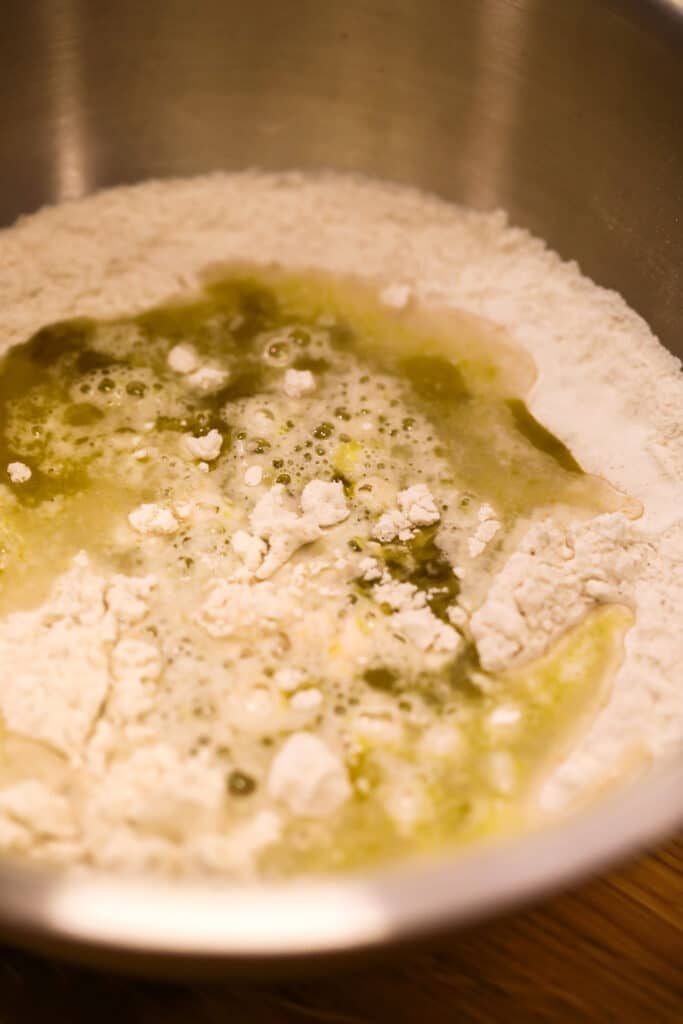
Early Consumption of Flatbread
Matzo, Matzah, or Matza, is one type of unleavened bread that is popular in the Jewish community.
It forms an integral element of the Passover festival, during which chametz, a leavening agent, and five grains, which are self-leavening, are forbidden.
It has religious and symbolic importance in Judaism, and Christianity in particular.
Jews consume unleavened bread during the Passover “Pesach” as commanded in the Torah.
This symbolizes when Jews were forced to leave Egypt quickly, and didn’t have enough time to wait for the bread to rise.
Eating unleavened flat bread is a reminder of the need for the Jews to flee Egypt quickly.
Unleavened bread is eaten by Jews for 30 days as part of the feast of unleavened bread.
In addition, Protestant churches tend to follow the latin Catholic practice, who also eat Matzo.
This practice symbolizes redemption and freedom, also serving as a reminder to be humble.
Bread is the king of the table and all else is merely the court that surrounds the king.”
louis bromfield
On the other hand, leavening agents are seen as symbolizing corruption and pride.
The canon law of the latin rite of the Roman Catholic church, commands the use of unleavened bread as the host.
Unleavened wafers for the communion bread of the faithful are typical during church services..
However, most Eastern Churches forbid the use of unleavened bread for the Eucharist.
This is because Eastern Christians link unleavened bread with the Old Testament.
Therefore, they only consume, and allow bread with yeast, as a symbol of the New Covenant in Christ’s blood.
Matzo can be soft like a pita bread or crispy.
The crispy type is produced commercially, because the soft one has a very short shelf life.
Simple Matzo is prepared by mixing flour and water, shaped and placed on a baking sheet and baked.
The dough is then pricked with a fork or a similar tool to keep it from puffing up in the oven.
The dough is then baked, skipping the step of proofing, which leavened bread requires.
It’s required to be baked at a high temperature until it develops brown spots.
It is then removed from the heat and set aside to cool, harden, and become crispy.
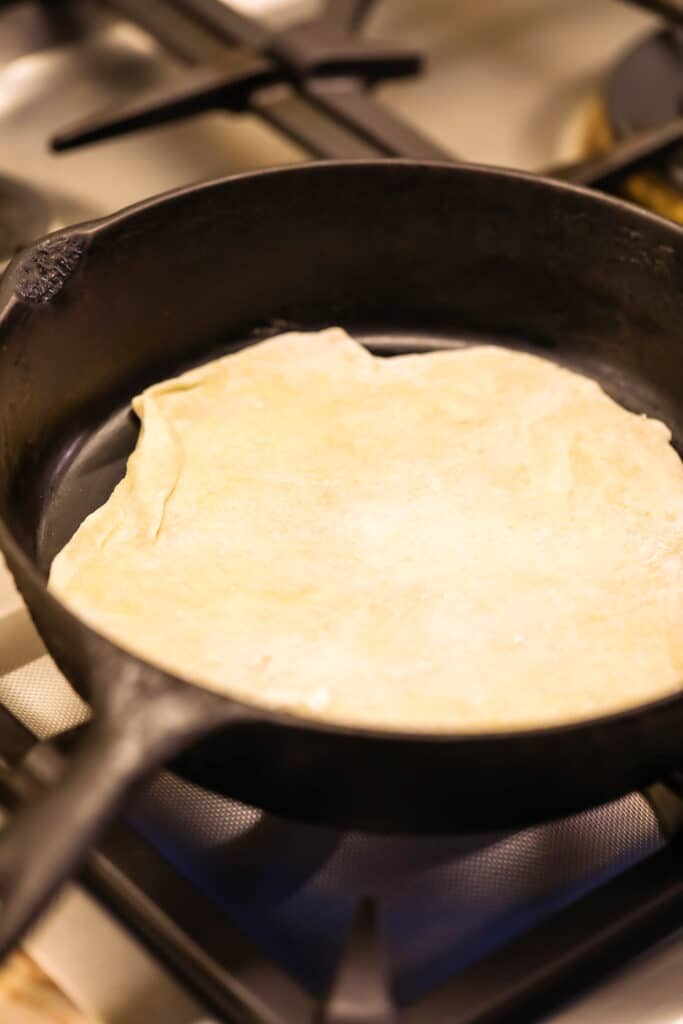
Other Varieties of Unleavened Bread
- Piadina Bread
- Tortillas
- Lefse
- Roti Bread
- Chapati
- Phulka
- Crepes
- Lavash
- Gordita
- Pita
Piadina bread, which originated in the Romagna area of Italy, was once considered a poor man’s fare.
Today it’s gaining popularity as an authentic Italian original bread.
Flour, water, and olive oil are commonly used to make piadina bread.
This thin bread resembles a cross between a pita and a tortilla in appearance.
Lefse is a Norwegian flatbread, where potato is a key ingredient, which gives it a distinct texture.
Potato creates a softer, wetter dough while also lessening the amount of flour required in the recipe.
With a piece of bread in your hand you’ll find paradise under a pine tree.”
Russian Proverb
Lefse recipes frequently include cream or milk, giving it a fuller flavor than unleavened loaves made just of flour and water.
Tortilla breads are an essential part of the Mexican cuisine.
They consist of white or whole wheat flour or cornmeal mixed with water.
Tortillas can be used as a base for pizza, and so much more.
You can also use them to make roll-ups, pinwheel sandwiches, and salad or dip shells.
And let’s not forget tacos, burritos and chimichangas.
Roti, chapati, and phulka are most popular in India.
Crepes are french, and mostly used with sweet fillings.
Gordita is a tortilla that is thicker and chewier, and lovely with melted butter.
Finally, Pita bread has the reputation of being the best friend of the sandwich maker.
Many unleavened bread recipes exist in world cuisine that are worth checking out.
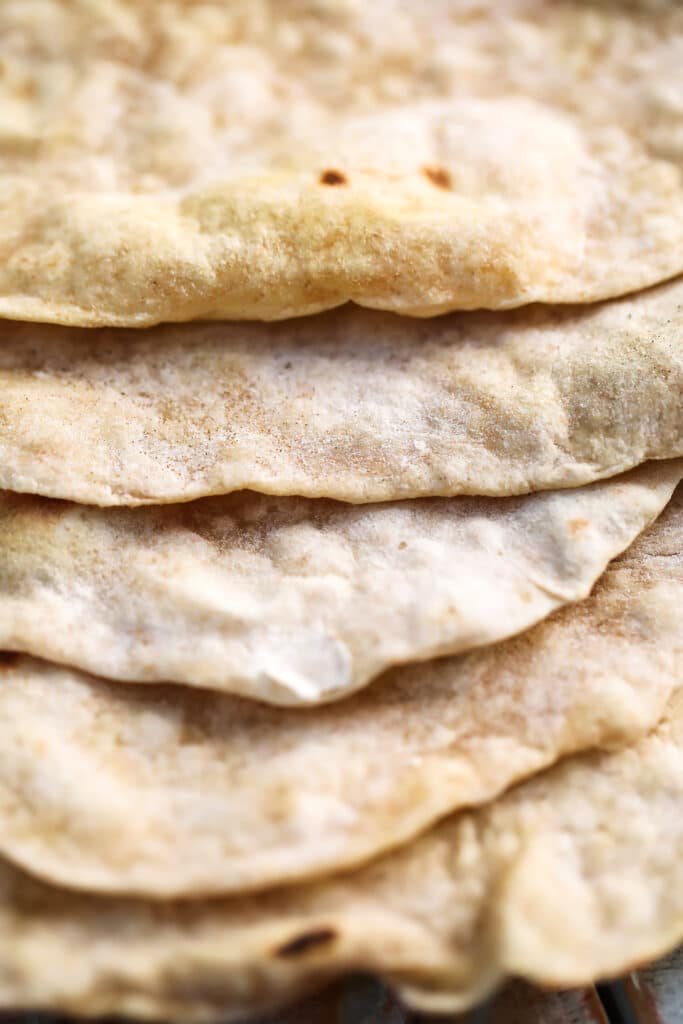
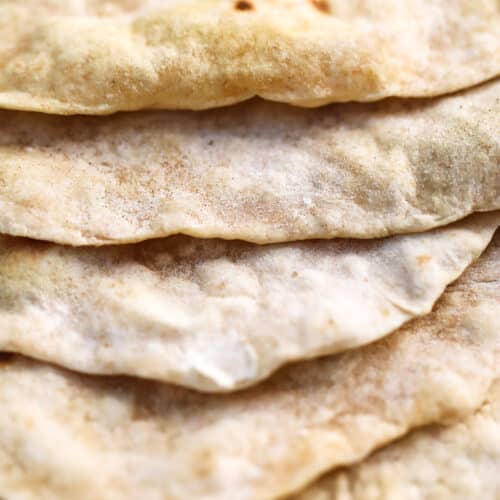
Unleavened Bread (The Original Loaf)
Ingredients
- 1¾ cup White Flour
- ¼ cup Whole Wheat Flour
- 1 tsp Salt
- 1 tbsp Olive Oil
- ¾ cup Water
Instructions
- Add all dry ingredients to a bowl and whisk to mix well.
- Add olive oil, and warm water.
- Make into a dough. If too wet add a bit of flour, and if to dry add a little more liquid.
- Divide into equal portions of dough, and form into balls.
- Roll out into ¼ inch flatbreads.
- Heat a cast iron pan over a medium to high heat.
- Cook each loaf for 4 to 5 minutes a side or until cooked.

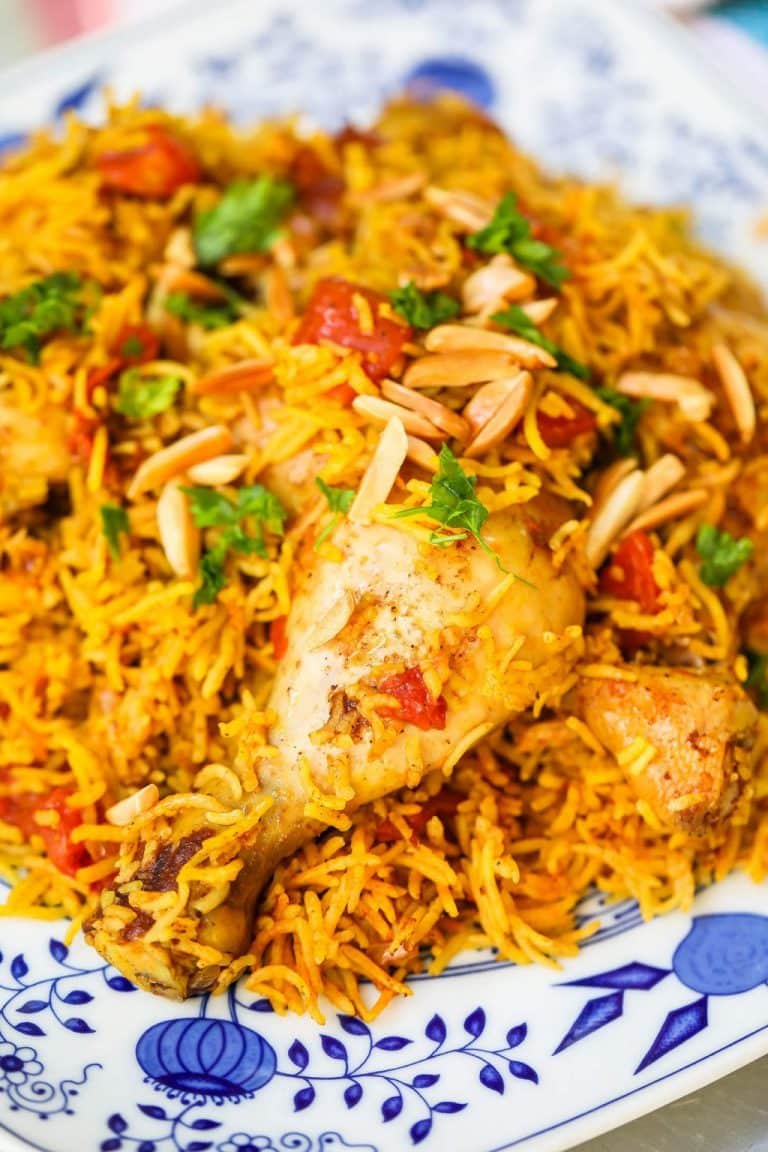
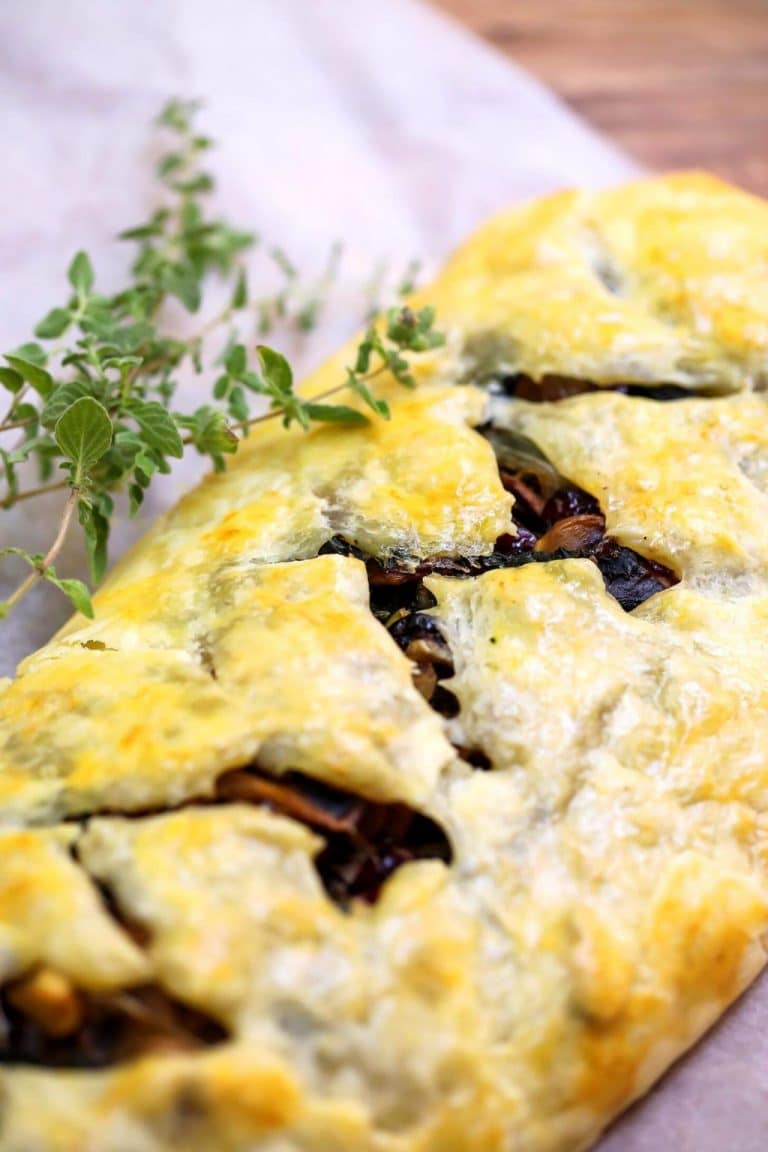
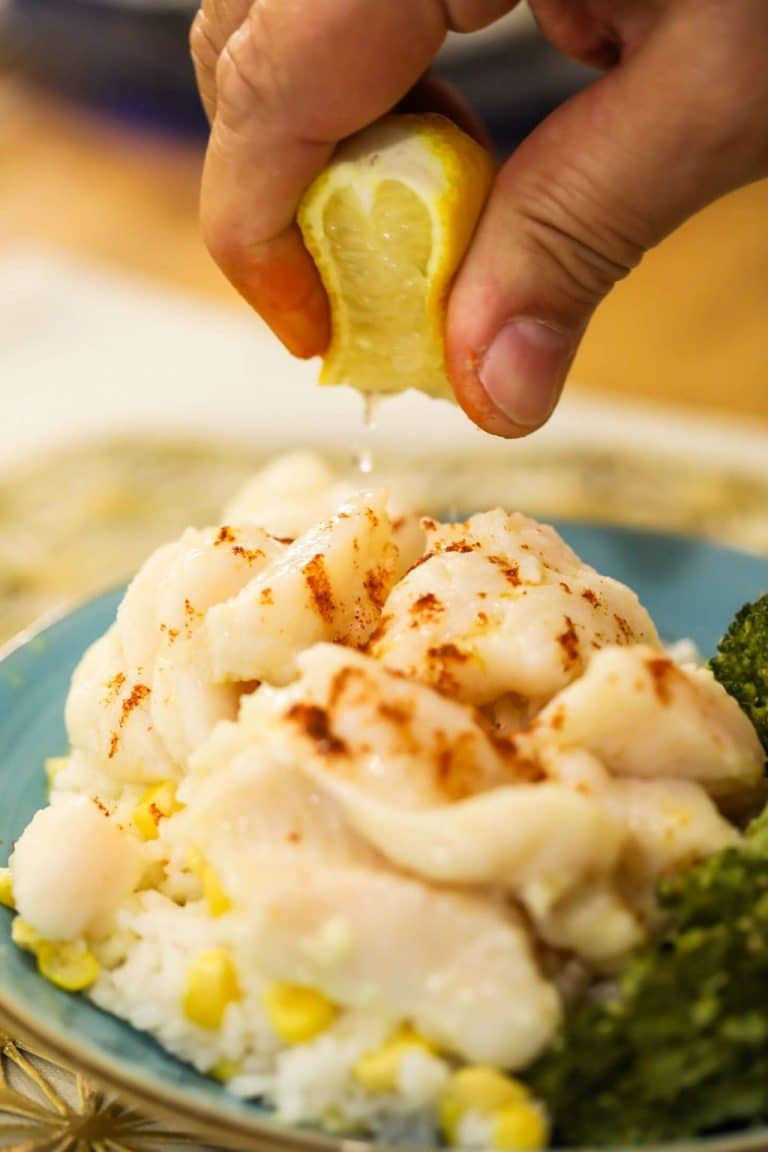
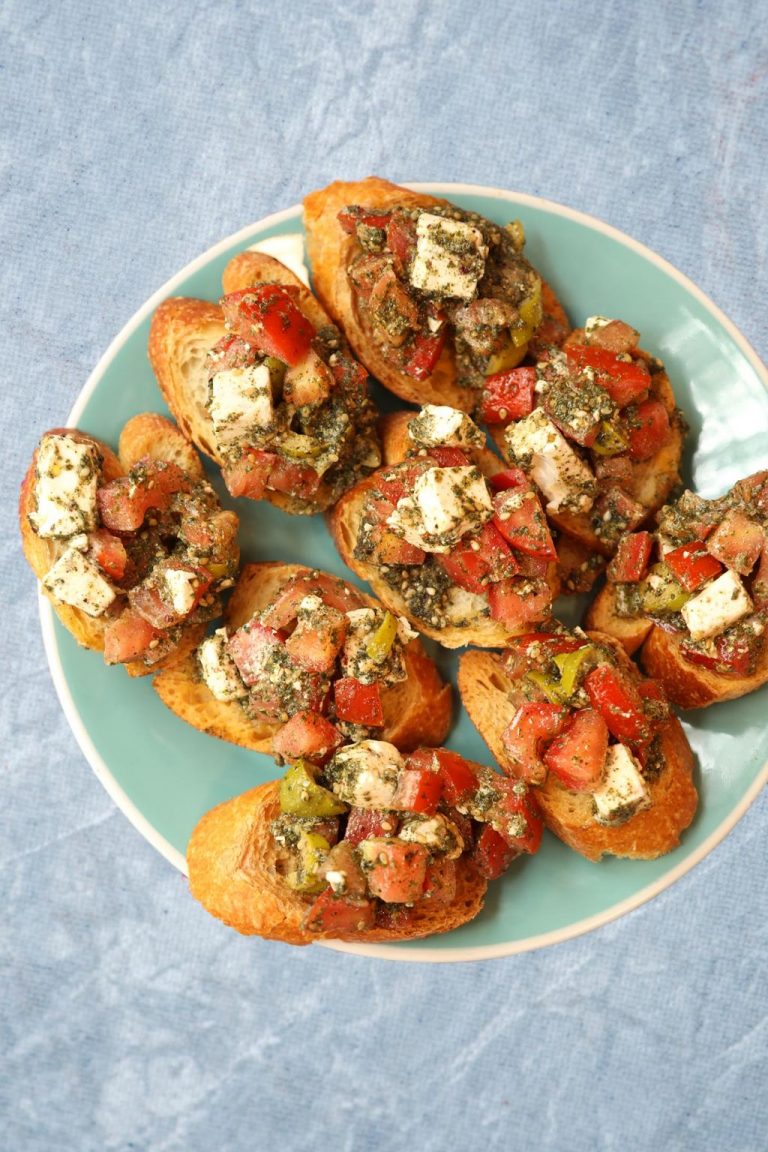
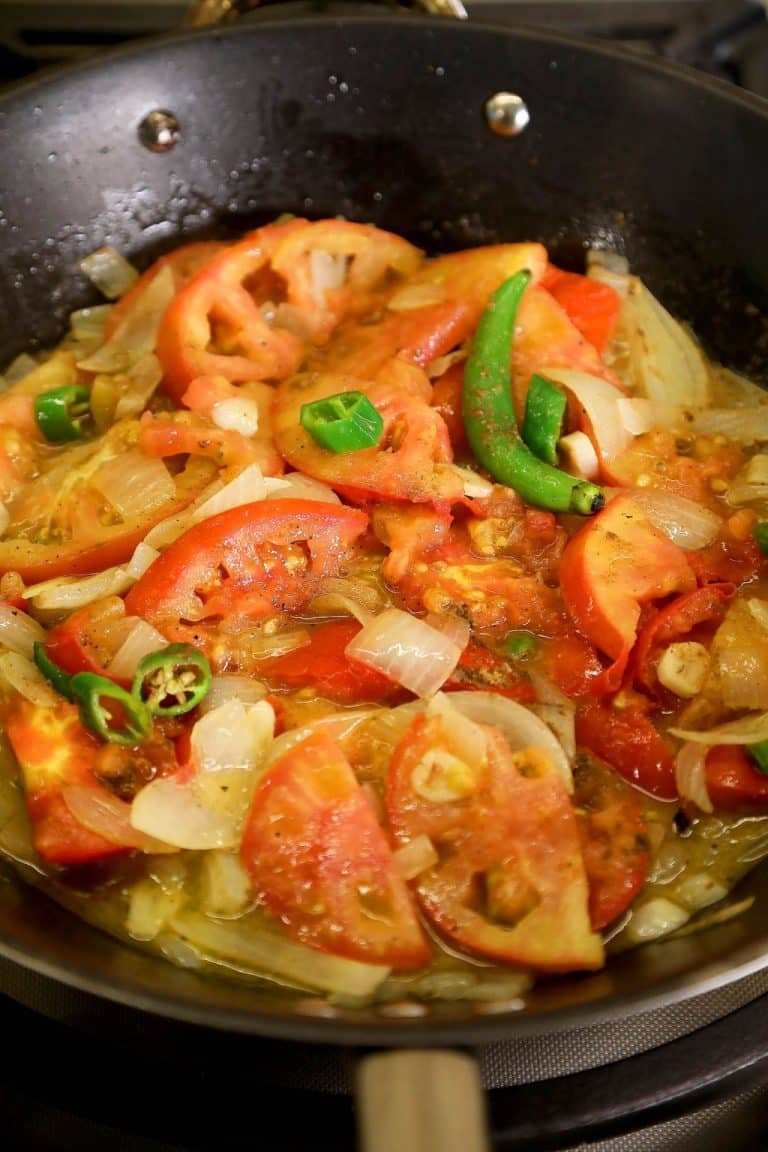
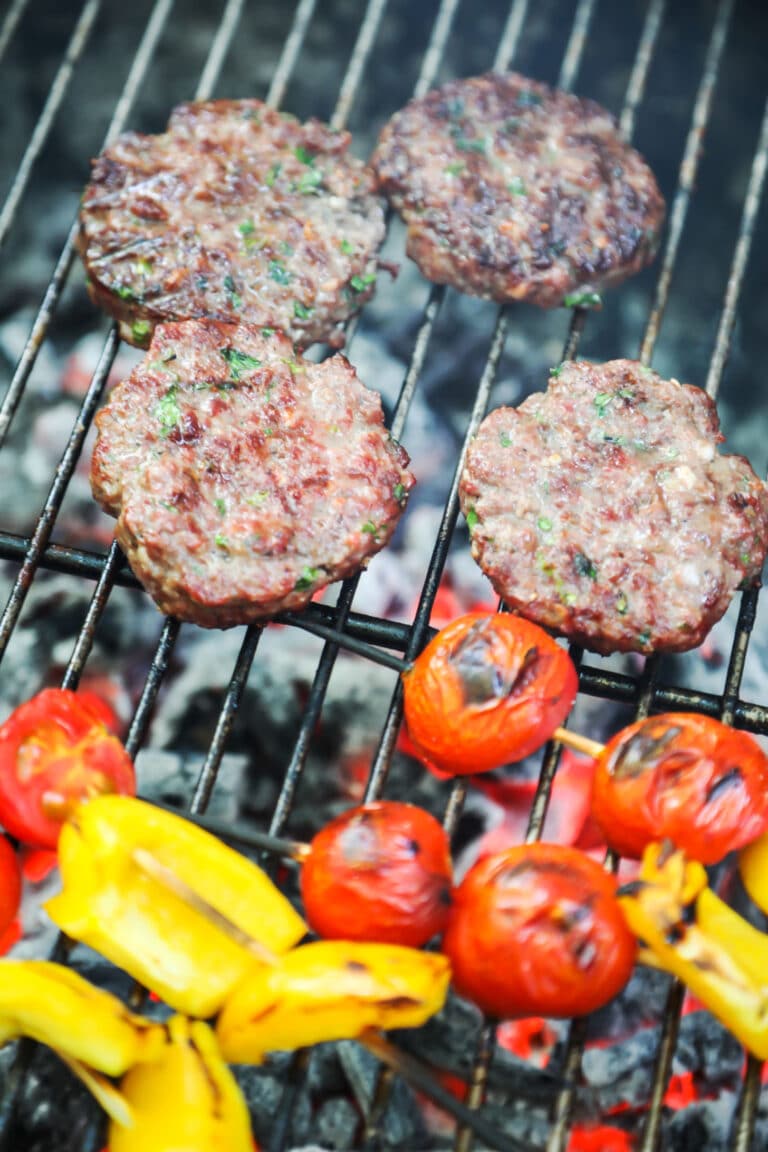
Hi, how long can I Cook these in advance and how do I reheat it? Thank you.
Hi there, whereas fresh is definitely best, you can make these a day or two in advance if you like. Just be sure to store them in an airtight container. Place them in a hot oven for a few minutes until a freshness returns to them. Alternatively you can quickly give them a toast in a pan on the stovetop. Enjoy!